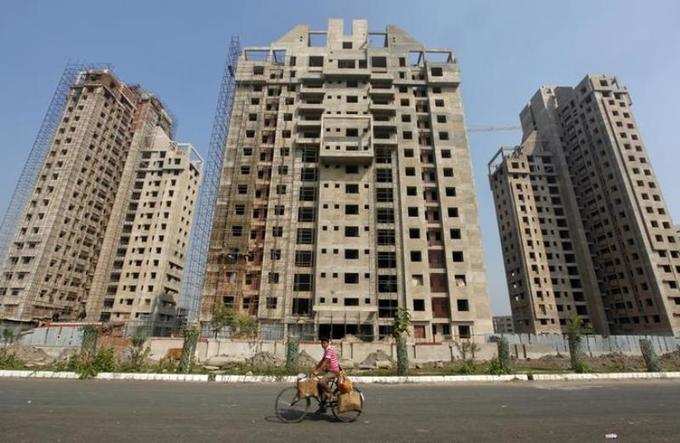 The
The The repo rate cut by
Now, it all depends on the banks as since 2015, despite the RBI slashing the repo rate by 1.50%, the banks have passed on a mere 0.5%.
However, one of the main losers due to the repo rate cut will be people having Fixed Deposits (FDs). This is because, with a lower repo rate, banks will also cut the deposit rate if liquidity is comfortable. This will impact depositors and investors and is expected that the interest on FDs will fall in the immediate future.
If you are still confused on all the repo rates and Cash Reserve Ratio (CRR), here’s the simplified version:
Repo rate:
Repo rate is the rate at which the RBI lends money to the banks when there is fund crunch and is cut or increased, keeping the inflation in mind. So, if inflation is high and banks increase the repo rate, banks will have to take money from the RBI at a higher rate.
Reverse repo rate:
Reverse repo rate is the rate at which the RBI borrows money from the banks. If the Reverse repo rate goes up, banks will get more money to park their funds with the central bank.
Cash Reserve Ratio (CRR):
CRR is the minimum amount that banks have to keep from the total deposits of customers. This goes in the current account of the banks and they do not earn any interest on this. Presently, the CRR is at 4%.
So, how does this affect you?
Home-loans and Auto loans: If banks pass on the rates, consumers will benefit from the cumulative effect. EMIs will fall as banks will also lower down their lending rate as it all depends on banks’ marginal cost of funds based on lending rates.
FD investors: This is impact the fixed deposits as the banks will have to cut rates on the FDs and people will earn less interest.